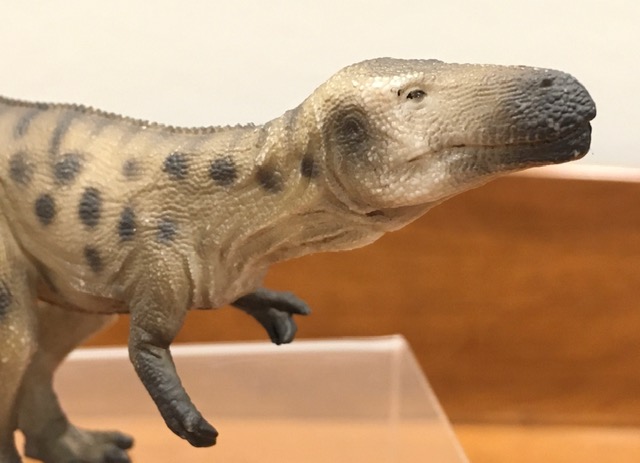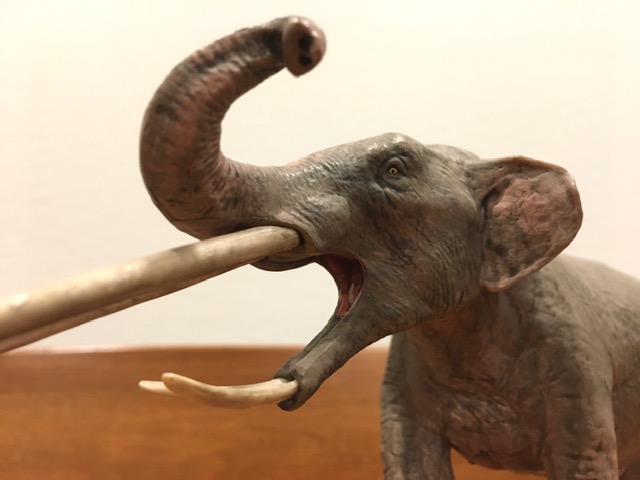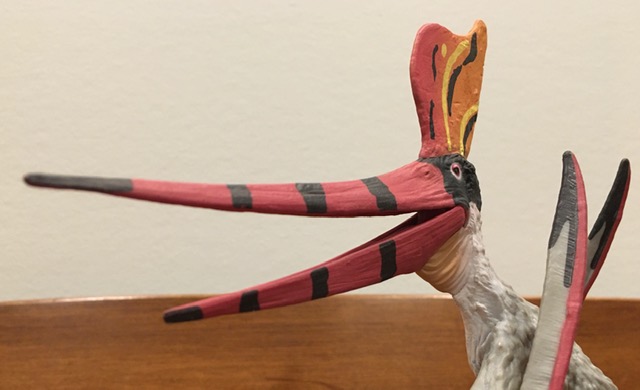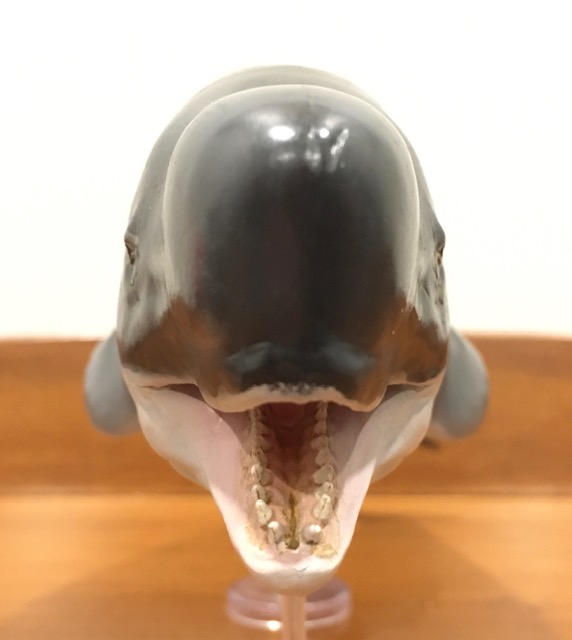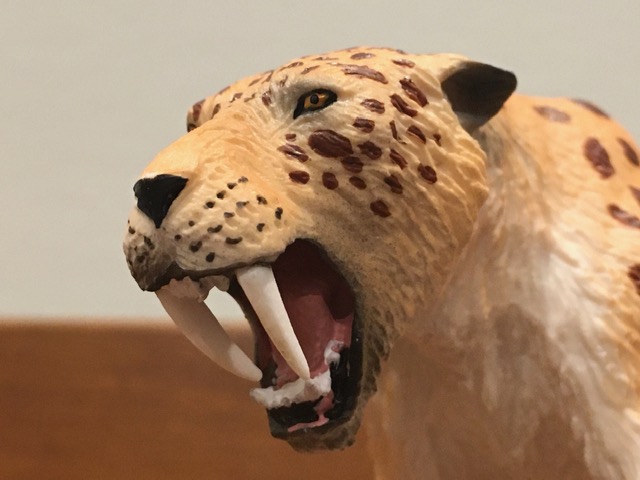No one knows when precisely humans first discovered the fossilized remains of dinosaurs. Indigenous North Americans probably came across them in places now called Alberta or South Dakota or Utah. In China, “dragon bones” were recorded as being discovered all the way back during the Western Jin Dynasty between 265 and 316 AD.
Author: Suspsy
 Suspsy has lived in Canada all his life. One day when he was in kindergarten, his teacher did a lesson on dinosaurs and put up some giant cutouts on the wall. Suspsy immediately began pretending to be a Tyrannosaurus rex at playtime, and continued to do so for many subsequent playtimes. Since then, he has acquired two degrees, worked many different jobs, travelled to many fantastic locations, fallen in love, gotten married, and settled down to raise a family, but his passion for dinosaurs and other prehistoric animals has never waned.
Suspsy has lived in Canada all his life. One day when he was in kindergarten, his teacher did a lesson on dinosaurs and put up some giant cutouts on the wall. Suspsy immediately began pretending to be a Tyrannosaurus rex at playtime, and continued to do so for many subsequent playtimes. Since then, he has acquired two degrees, worked many different jobs, travelled to many fantastic locations, fallen in love, gotten married, and settled down to raise a family, but his passion for dinosaurs and other prehistoric animals has never waned.All reviews by this author
Review: Konobelodon (Eofauna)
Review: Utahceratops (Beasts of the Mesozoic by Creative Beast Studio)
Review: Zhuchengtyrannus (PNSO)
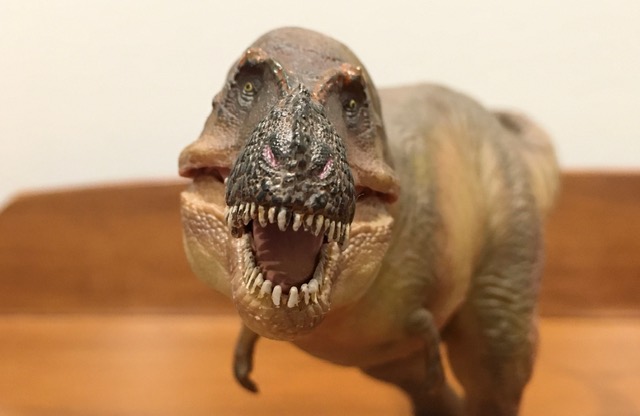
Approximately 73 million years ago, Shendong Province of China was a land of rich floodplains that abounded in dinosaurs of all shapes and sizes. These included the ankylosaur Sinankylosaurus, the titanosaur Zhuchengtitan, the diminutive leptoceratopsids Ischiceratops and Zhuchengceratops, and the larger ceratopsid Sinoceratops with its royal frill.
Review: Ectenosaurus (Age of the Dinosaurs by PNSO)
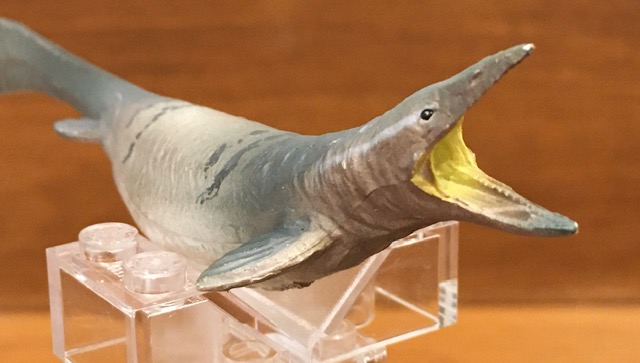
There are presently around 40 known genera of mosasaur, ranging from relatively small fry like Halisaurus and Kourisodon to frightening behemoths like Gnathomortis and Prognathodon. There were also some truly unique ones like Globidens, with its rounded teeth for pulverising ammonites, and Plotosaurus, the most advanced swimmer of them all.
Review: Pteranodon sternbergi (CollectA)
Review: Edmontosaurus (Deluxe by CollectA)
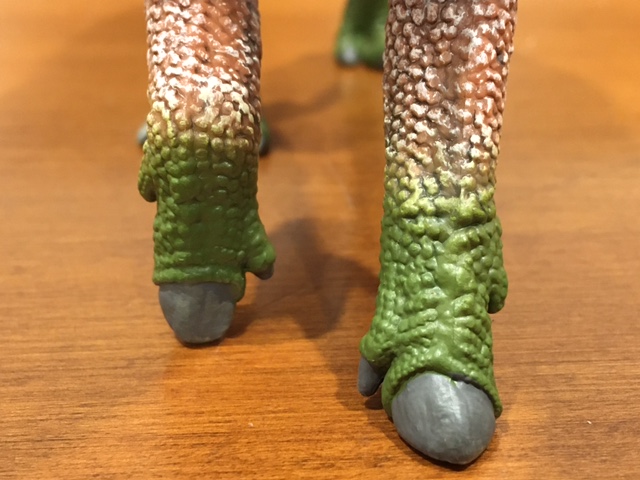
The two valid species of the North American hadrosaur Edmontosaurus, E. annectens and E. regalis, are known from multiple fossil specimens. Taken together, they make the genus “fully known.” But while a complete skeleton can give us a reasonable idea about an animal’s appearance in life, it is not necessarily a full or accurate one.
Review: Dr. Wu’s Lab: Baby Dinosaurs Breakout (Jurassic World by LEGO)
Review: Xenoceratops (Age of the Dinosaurs by PNSO)

Xenoceratops, the “alien horned face,” is one of the oldest known ceratopsids and currently the only one to have been discovered in the Foremost Formation of Alberta, Canada. Its name derives from from that distinctness that its as opposed to the striking arrangement of horns on its skull.
Review: Livyatan (PNSO)
Review: Smilodon (2021)(Mojo Fun)
Review: Dilophosaurus (Deluxe by CollectA)
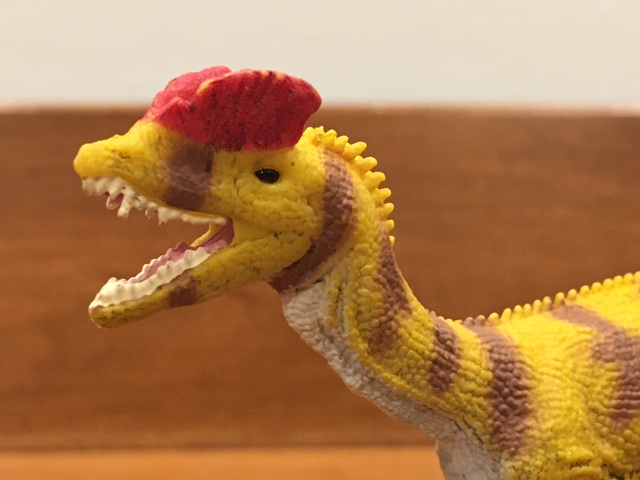
Thanks to its appearance in Jurassic Park, Dilophosaurus is, in the words of one paleontologist, “pretty much the best, worst-known dinosaur.” Even if you’re well aware that it wasn’t small and didn’t spit venom and didn’t have a frill around its neck, you probably grew up reading about how fragile its twin crests were and how relatively weak its bite was.

